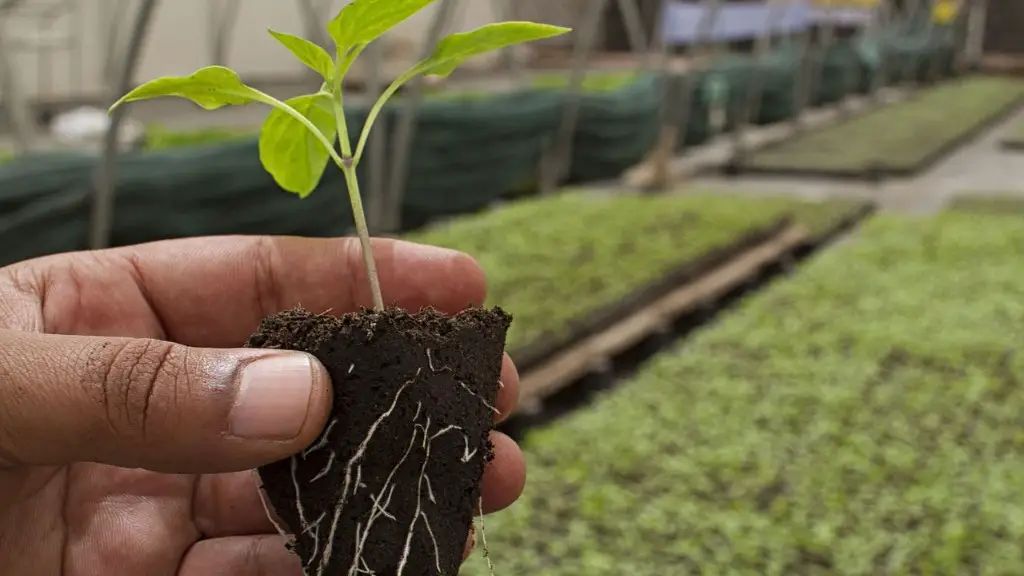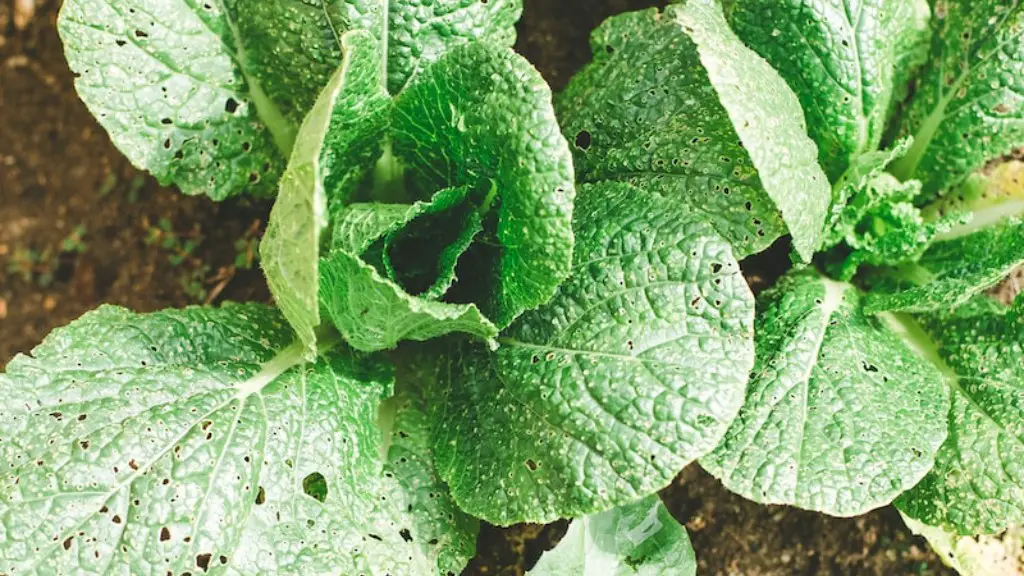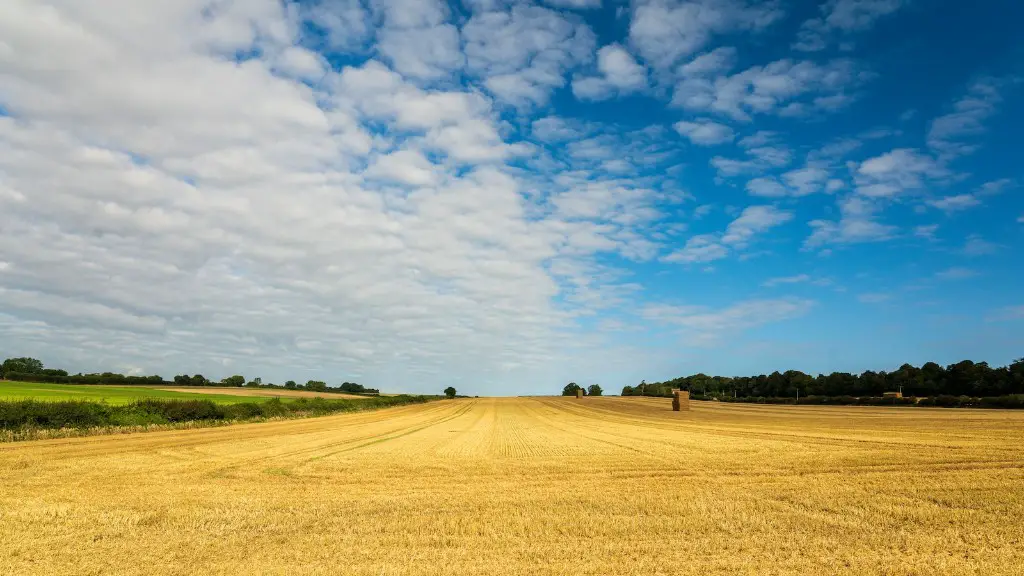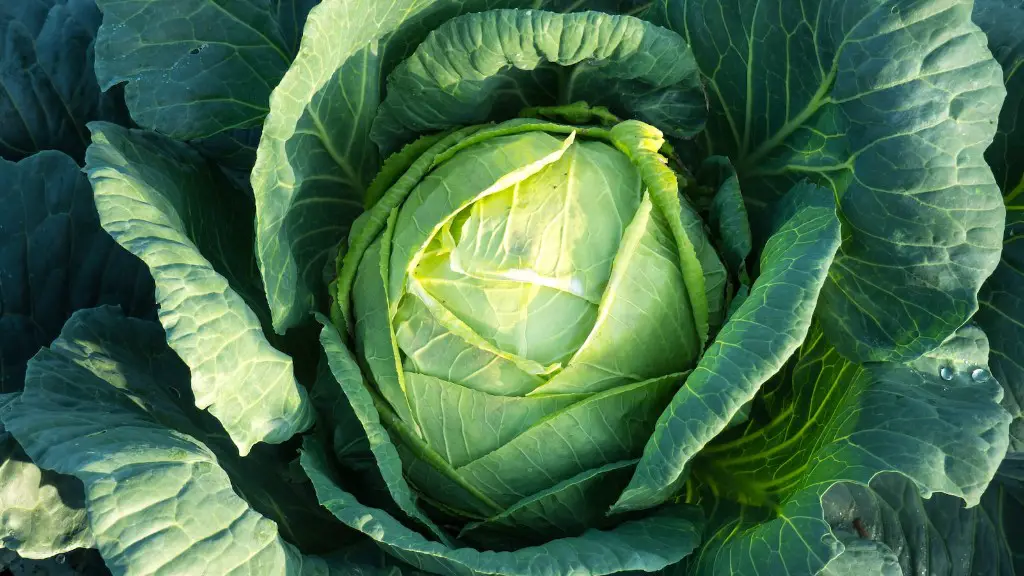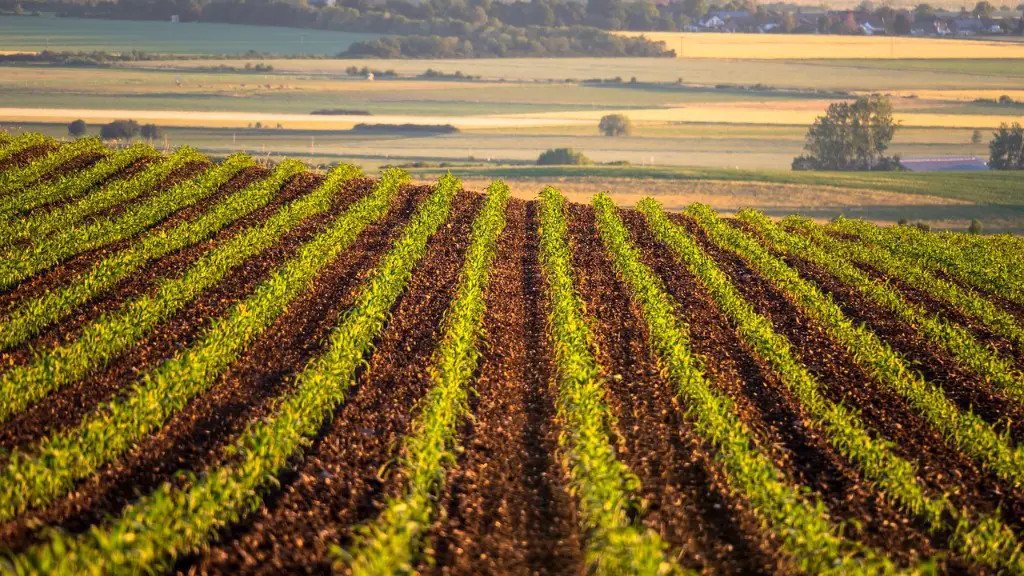Smart agriculture is an approach to managing farm resources that uses information and communication technologies to increase efficiency and productivity. By integrating various data sources and applying analytics, farmers can make informed decisions about when and how to plant, harvest, and apply inputs such as water and fertilizer. This data-driven approach can help farmers to optimize production, reduce costs, and minimize environmental impact.
Smart agriculture is an approach to agricultural production that incorporates technical advances in areas such as precision farming, site-specific management, and information technology. The goal of smart agriculture is to produce more food with fewer inputs while minimizing environmental impacts.
What does smart agriculture mean?
Climate-smart agriculture (CSA) is an agricultural production system that integrates three main goals: sustaining and increasing food production, adapting and building resilience to climate change, and reducing/removing greenhouse gases (GHGs) from the atmosphere. CSA is a systems approach that considers the entire food system, from production to consumption.
There are a number of different practices that can be used to achieve these goals, and the specific combination of practices will vary depending on the geographical location and the type of farming system. Some of the common practices include:
– Improving water-use efficiency through irrigation practices such as drip irrigation
– Using climate-resistant crop varieties or breeds
– Managing grazing lands in a way that improves soil health and carbon sequestration
– Implementing agroforestry systems
The goal of CSA is to produce more food while using fewer resources and reducing the negative impacts on the environment. In order to achieve this, CSA relies on a better understanding of the interactions between climate, agriculture, and natural ecosystems.
Precision agriculture is a smart solution that is being used more and more in the agricultural industry. This technology helps farmers to more accurately monitor their crops, irrigation, and fertilizer management. This allows for a more efficient use of resources and can help to improve yields. Livestock monitoring is another smart solution that is being used more frequently in agriculture. This technology helps farmers to monitor the health and well-being of their animals. This information can be used to make decisions about breeding, feeding, and health care. Smart pest control is another solution that is becoming more popular in agriculture. This technology uses sensors to detect pests and then automatically dispenses the appropriate amount of pesticide. This helps to reduce the amount of pesticide that is used and can also help to improve crop yields. Weather forecasting is another smart solution that is being used more and more in agriculture. This technology helps farmers to predict the weather conditions for their area. This information can be used to make decisions about planting, harvesting, and other agricultural activities.
What are the components of smart agriculture
A Smart Farm is a farm that uses sensors, software, and connectivity to manage the farm more efficiently. The sensors are used to measure things like soil moisture, water usage, light, and temperature. The software is used to manage the data collected by the sensors and to automate tasks such as irrigation and crop management. The connectivity is used to connect the sensors and the software to the internet so that the data can be accessed from anywhere. The robotics are used to automate tasks such as planting, harvesting, and processing.
The future of sustainable agriculture appears to be highly dependent on technology, specifically on the use of the Internet of Things (IoT). The IoT can be used to create systems that support and improve agricultural processes, while also preserving the environment. This is thanks to improved water use and input and treatment optimization. In other words, the IoT has the potential to make sustainable agriculture more efficient and effective, while also reducing its impact on the environment.
What are the impacts of smart agriculture?
Automation of sowing, treatments and harvesting in agriculture can significantly reduce the use of resources. For example, automated machines can sow seeds more evenly than manual sowing, which can result in reduced seed wastage. In addition, automated machines can apply herbicides and pesticides more accurately, resulting in reduced chemical usage and potential for contamination. Automated machines can also harvest crops more uniformly, which can result in less crop damage and wastage.
Pest detection and animal health are other areas where automation can have a positive impact. Automated systems can monitor crops for signs of infestation and alert farmers so that they can take action to minimise the impact. Automated systems can also monitor animal health and provide early warning of potential problems, which can help to improve animal welfare.
Climate smart agriculture (CSA) is an approach to guide the management of agriculture in the era of climate change. The concept was first launched in 2009, and since then has been reshaped through inputs and interactions of multiple stakeholders involved in developing and implementing the concept.
CSA aims to help farmers adapt to climate change, while at the same time reducing greenhouse gas emissions and increasing resilience to climate shocks. The approach is site-specific and takes into account the unique conditions and needs of each farming community.
CSA involves a range of practices and technologies, including agroforestry, conservation agriculture, crop diversification, improved irrigation and water management, and the use of climate-resistant crop varieties.
Since its inception, the CSA concept has evolved and been refined through a process of continuous learning and exchange among stakeholders. This has resulted in a more comprehensive and holistic approach to addressing the challenges of climate change in agriculture.
What is the problem in smart farming?
As the demand for food increases and the amount of arable land decreases, farmers are turning to technology to help them increase yields. Smart agriculture systems use sensors to track a variety of data points related to the soil, weather, and crop health. This data is then used to generate insights that can help farmers make more informed decisions about when to plant, how to irrigate, and when to apply pesticides.
However, these systems are not without their challenges. One of the biggest challenges is integrating all of the different sensors and tying the sensor data to the analytics that drive automation and response activities. This requires a significant investment of time and money, and there is always the risk that something could go wrong and the data could be lost or corrupted.
Another challenge is making sure that the data collected by the sensors is accurate. Farmers need to be able to trust the data in order to make decisions that could impact their livelihood. This means that the sensors need to be calibrated properly and that the data needs to be verified by experts.
Finally, smart agriculture systems need to be able to adapt to changing conditions. As the weather changes and the climate becomes more variable, the sensor data needs to be able to adjust accordingly. Otherwise, the insights that the system generates
By understanding how your land is used, smart farming technology creates sustainable farming systems around grazing and crop rotation to ensure the continued use of land for farming purposes into the future. This is done by utilising the most up-to-date technology and data to understand the land, the animals and the crops, and then create a system which works in harmony with all these elements. This sustainable approach means that the land can be farmed for many years to come, without damaging the environment or depleting its resources.
Which countries use smart agriculture
The agricultural sector is evolving and developed countries are leading the way with the implementation of Internet-of-Things (IoT) technologies in their agri-practices. This has resulted in better and more advanced products. IoT in agriculture allows for greater efficiency and precision in farming operations, as well as real-time monitoring of crops and livestock. This has led to improved yields and better quality products. In the future, IoT will continue to transform the agricultural sector, making it more efficient, productive and sustainable.
The Community of Sahel-Saharan States (CSA) is an intergovernmental organization created by the Charter of Lagos on 13 June 1974. It is headquartered in Niamey, Niger. The primary aim of CSA is to promote economic cooperation and integration as well as peace and security in the Sahel-Sahara region.
Climate-Smart Agriculture (CSA) is an approach that helps to guide actions needed to transform and reorient agricultural systems to effectively support development and ensure food security in a changing climate. CSA aims to tackle three main objectives: sustainably increase agricultural productivity and incomes, adapt and build resilience to climate change, and decrease/remove greenhouse gas emissions, where possible.
Ongoing FAO projects support work on CSA, for example, FAO’s Economics and Policy Innovations for Climate-Smart Agriculture (EPIC) programme and the Mitigation of Climate Change in Agriculture (MICCA) programme.
Will the smart agriculture be realized in future?
The agricultural industry is poised for a major productivity boost thanks to advances in technology. Intelligent farming approaches driven by big data, IoT devices, smart sensors, drones, and automated greenhouse management systems will allow the sector to reach unprecedented levels of productivity. This is good news for the global food supply, as the demand for food is only increasing.
Smart farming is a rapidly emerging field that uses cutting-edge technology to increase crop yields and efficiency. By using sensors, drones, and other data-driven tools, farmers can collect vast amounts of data that can be used to optimize their operations.
Smart farming has the potential to transform the agricultural industry and meet the increasing demand for food. However, it is important to note that whilst smart farming has great potential, it is still in its early stages of development. As such, it is important to keep an open mind and monitor the progress of this exciting field.
Which country is No 1 in agriculture technology
The United States is the preeminent country in the agricultural production sector. It has developed crop analysis, scientific soil management, and more innovative machinery. In 2020, the United States had just over 2 million acres of land under cultivation. Despite this relatively small land area, the United States is the best country for farming.
To sum it up, there is an air of uncertainty over three primary (and major) issues facing farmers and livestock producers across the country: agricultural trade, tax reform and the new farm bill. All three of these issues have the potential to significantly impact farmers and their operations. While it is impossible to predict exactly how these issues will play out, it is clear that they will have a major impact on the agriculture industry. Farmers and livestock producers will need to closely monitor these developments and adapt their operations accordingly.
How do I start Smart Farming?
There is no question that farming has come a long way since the days of simply using a plow pulled by an animal. Today, there are all sorts of machines and equipment that can be used to make farming much more efficient and effective. If you are still using manual labor and simple machines for your farming, then you are behind the times.
Advanced equipment can help you to increase your yields, improve your land, and even take care of your livestock. Many farmers are hesitant to invest in new equipment because of the cost, but you should really consider the long-term benefits. If you are still using an old tractor that is not reliable, for example, it will eventually break down and you will have to spend a lot of money to repair it or replace it. It is always better to be proactive and invest in new equipment before you run into problems.
Another important consideration is insurance. When you have expensive machines, it is important to have them insured in case something happens to them. This will protect you from financial loss if one of your machines is damaged or destroyed.
You may also want to consider taking out a loan to help you finance your new equipment. This can be a good way to spread the cost over time and make it
Smart agriculture has its disadvantages in the following areas: increased use of chemicals, uneven water distribution, reliance on organic fertilizers, and increased food miles. Smart agriculture system is not very flexible. It is also not very user-friendly.
Warp Up
Smart agriculture is the use of technology to improve the efficiency of agricultural production. This can include the use of sensors and data analytics to optimize watering and fertilizer use, as well as the use of drones and robots to reduce labor costs.
Smart agriculture is an innovative way to produce food using technology to improve efficiency and productivity. It harnesses the power of data and analytics to help farmers make better decisions about their crops and animals. By using sensor-based systems, farmers can monitor soil moisture, temperature, and other conditions in real-time and make adjustments to optimize growth and yield. In addition, smart agriculture can help reduce greenhouse gas emissions and conserve water and other resources.
